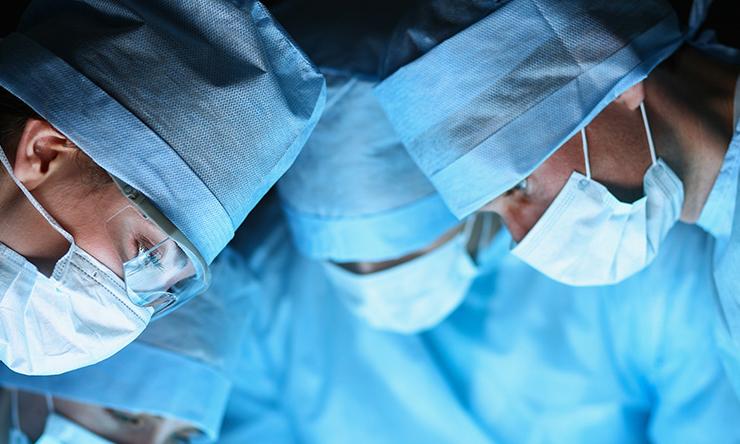Lateral meniscus posterior root tears found in revision ACL surgery
An anterior cruciate ligament (ACL) tear can be devastating for athletes, but other injuries can accompany ACL tears and may worsen knee instability. A sports medicine expert at Baylor College of Medicine says there is a secondary injury orthopedic surgeons should look for, especially in revision ACL surgery, which is when a previously reconstructed ACL re-tears and requires additional surgery.
Dr. Theodore Shybut, associate professor in the Joseph Barnhart Department of Orthopedic Surgery at Baylor, has shown in a previous biomechanical study that the lateral meniscus posterior root is a secondary stabilizer of the ACL.
The menisci, cartilage discs between the joint surfaces of the knee, help distribute stress across the curved surfaces of the knee and also serve to reinforce the stabilizing role of major knee ligaments. Tears in the lateral meniscal root can occur with knee instability caused by an ACL injury.
In a study recently published in Arthroscopy, Sports Medicine, and Rehabilitation Shybut and colleagues looked at data from more than 150 cases of ACL reconstruction. The study compared primary ACL surgeries to revision procedures to see whether lateral meniscus posterior root tears were more frequent in one of the groups.
They found that there is a significantly increased likelihood of a complete posterior lateral meniscal root tear needing repair after injuring the ACL for a second time and requiring a revision ACL surgery. While the overall incidence of lateral meniscal root repair in all of the cases was 12.6%, the incidence was 7.1% in primary ACL reconstructions and 40.7% in revision cases.
“Those who have re-torn their ACL have likely had their knee give out more times,” Shybut said. “We suspect this greater burden of trauma may play a role in the likelihood of meniscal root tears.”
The study also found that if the position of the graft used to rebuild the ACL at the primary surgery needed to be corrected, there was a significantly greater likelihood of having a lateral meniscus posterior root tear.
“Lateral meniscus posterior root tears should always be an injury that ACL surgeons look for. Based on our study, surgeons should have an especially high suspicion for these tears in revision cases,” said Shybut, the senior author of the paper.
He said that a preoperative MRI scan, which is routine for ACL surgery, can detect these injuries, but they can be subtle, and there are cases where they do not show up on the scan.
Complete lateral meniscus posterior root tears are routinely repaired during ACL surgery. These tear repairs generally need to be protected after surgery so patients have to limit the amount of weight on their leg for four to six weeks. However, they do not delay recovery in the long run.
Dr. Brian J. Vial and Dr. Andrew B. Kohner with Baylor College of Medicine also took part in this study.










